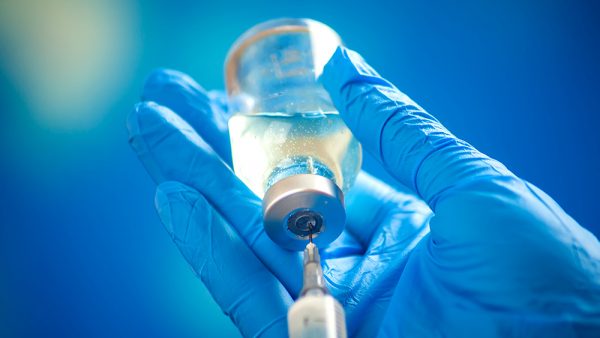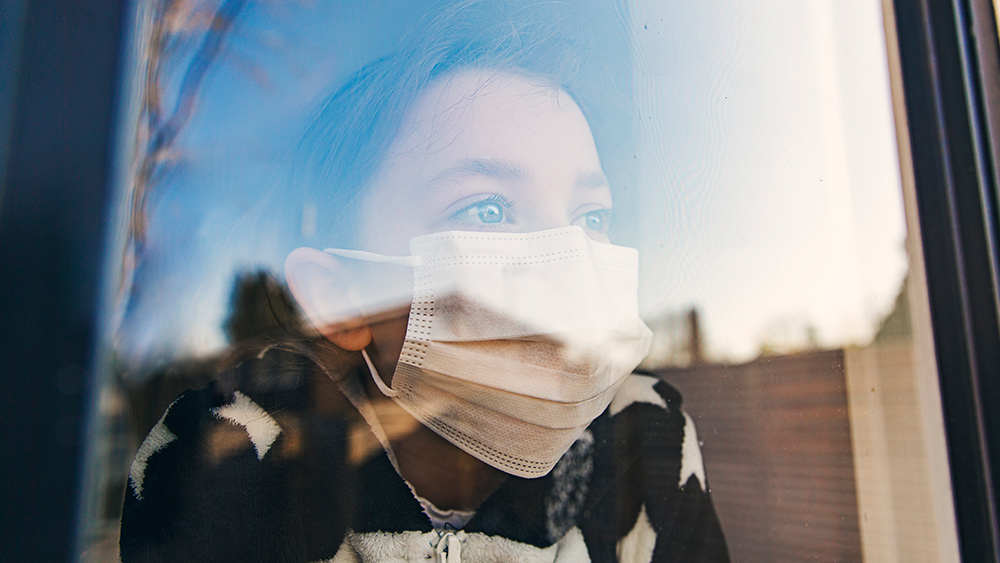
Scientists find microplastics in blood for the first time
Scientists have also recently found microplastics in human blood, warning that the particles could also be making their way into the organs. A Dutch study examined blood samples from 22 anonymous, healthy volunteers and found microplastics in nearly 80 percent of them. Half of the blood samples also showed trees of polyethylene terephthalate (PET) plastic, which is used to make drink bottles, while more than a third had polystyrene, which is used in disposable food containers and other products. Dick Vethaak, an ecotoxicologist at Vrije Universiteit Amsterdam said this is proof that we now have plastics in our bodies. "Where is it going in your body? Can it be eliminated? Excreted? Or is it retained in certain organs, accumulating maybe, or is it even able to pass the blood-brain barrier?" he asked. The study also showed that microplastics could have entered the body via different routes such as air, water or food, but could have also been from other products such as toothpaste lip gloss, or even tattoo ink. It also posited that it is scientifically possible for plastic particles to be transported to organs via the bloodstream. (Related: REPORT: Bottled water TEEMING with microplastics.) More research is necessary for the matter. Fay Couceiro, a reader in biogeochemistry and environmental pollution at the University of Portsmouth, said the small sample size and lack of data on the exposure level of the participants can still make up a robust study that can stand up to scrutiny. "After all, blood links all the organs of our body and if plastic is there, it could be anywhere in us," she said. Follow Pollution.news for more news about the dangers of microplastics and other chemicals to the human body. Watch the video below to learn more about microplastics. This video is from the Objective: Health channel on Brighteon.com.More related stories:
SHOCK: 50% of freshwater insects are contaminated with microplastics.
Polluted bodies: Researchers find shocking levels of microplastics in CHILDREN.
Sea salts found to be contaminated by dangerous microplastics, reveals shocking study.
Researchers find evidence of microplastics in Colorado RAIN SAMPLES: Where is it coming from?
Due to extreme pollution of the world's oceans, sea anemones are now eating microplastics.
Sources include: ChildrensHealthDefense.org TheHindu.com Brighteon.comLipid nanoparticles in covid jabs “stick” to bodily organs, reveals Pfizer study
By Ethan Huff // Share
An invisible assault: How everyday heavy metals sabotage brain health
By willowt // Share
Pentagon warns of China's rapidly expanding nuclear arsenal
By kevinhughes // Share
FCC grounds new Chinese drones in sweeping security move
By avagrace // Share
The methylation switch: Scientists identify diet that can turn back the cellular clock
By jacobthomas // Share
Renaissance or Ruin: A wake-up call for cultural revival and self-sufficiency
By kevinhughes // Share
Weight loss in midlife may trigger brain inflammation, study finds
By avagrace // Share











